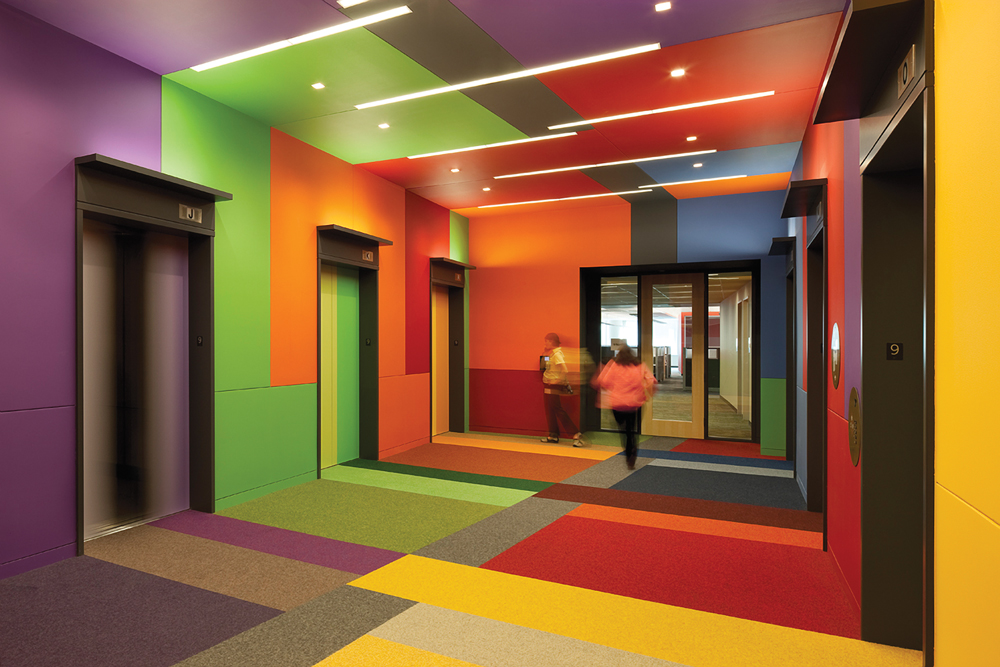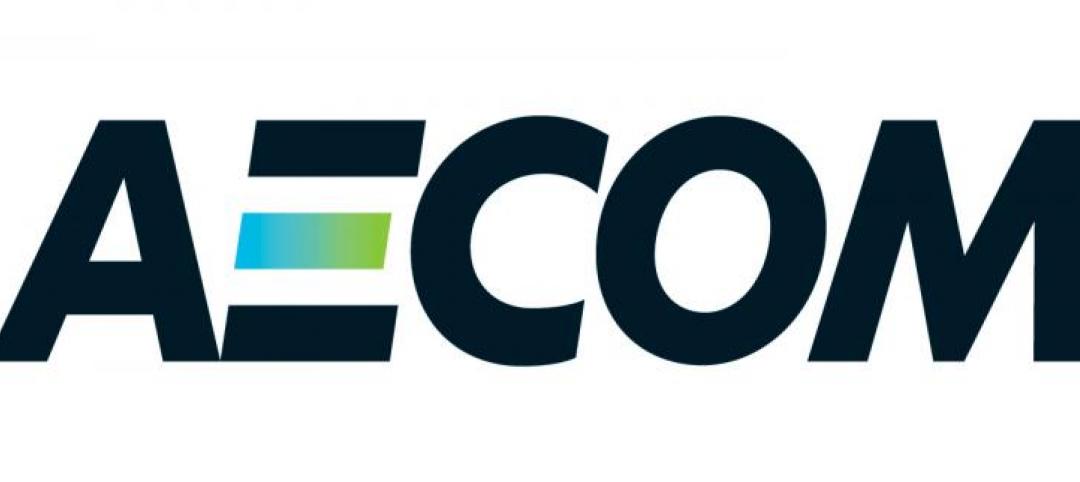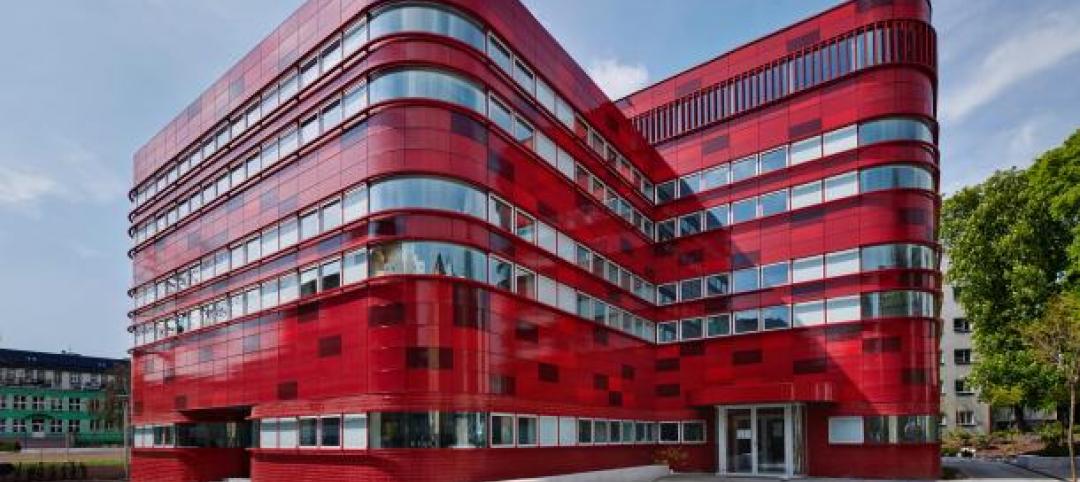When it comes to durability, a 50-year building design ideally should include 50-year coatings. Many building products consume substantial amounts of energy, water, and petrochemicals during manufacture, but they can make up for it in the operations phase. The same should be expected from architectural coatings.
This course provides useful advice to design and construction professionals on how the best paints and coatings protect building components long enough to produce a net-positive savings. In addition, buildings should have a beneficial effect on human health, so if coatings release harmful chemicals those exposures should be minimal as compared to the salutary effects on occupants and neighbors over years of facility use.
This course will discuss how to assess the sustainability value of architectural coatings relative to their performance value to end-users.
After reading this article, you should be able to:
- List the sustainability and performance benefits of architectural coatings in general and for specific types of coating products.
- Discuss green standards, labeling programs, and statutory VOC requirements for coatings used in the United States.
- Describe the variables of paint and coating selection that impact sustainability and occupant health, safety, and welfare, including productivity and psychological benefits.
- Explain the impact of sustainability improvements on paint and coating selection.
Take this BD+C University course
Related Stories
| Jul 29, 2014
AECOM's buying spree continues: Deal to acquire Hunt Construction Group in the works
The acquisition comes just two weeks after AECOM's $6 billion deal to acquire rival engineering and construction company URS Corp.
| Jul 29, 2014
MADGI hires David Stuart, AIA, as Studio Director in New York City
Stuart will support the firm's $375 million multifamily residential design studio.
| Jul 29, 2014
Best practices for public-private partnerships: Free AIAI guide
Resource explores P3 best practices, including legislation and procurement methods.
| Jul 29, 2014
Blood center uses architecture to encourage blood donation [slideshow]
Designed by FAAB Architektura, the project's aesthetic was guided by its function. The color scheme, facade panel glossiness, and the irregularly elevated leitmotif were intentionally designed to evoke the "richness" of blood, according to the architects.
| Jul 28, 2014
Reconstruction market benefits from improving economy, new technology [2014 Giants 300 Report]
Following years of fairly lackluster demand for commercial property remodeling, reconstruction revenue is improving, according to the 2014 Giants 300 report.
| Jul 28, 2014
Reconstruction Sector Construction Firms [2014 Giants 300 Report]
Structure Tone, Turner, and Gilbane top Building Design+Construction's 2014 ranking of the largest reconstruction contractor and construction management firms in the U.S.
| Jul 28, 2014
Reconstruction Sector Engineering Firms [2014 Giants 300 Report]
Jacobs, URS, and Wiss, Janney, Elstner top Building Design+Construction's 2014 ranking of the largest reconstruction engineering and engineering/architecture firms in the U.S.
| Jul 28, 2014
Reconstruction Sector Architecture Firms [2014 Giants 300 Report]
Stantec, HDR, and HOK top Building Design+Construction's 2014 ranking of the largest reconstruction architecture and architecture/engineering firms in the U.S.
| Jul 28, 2014
LEO A DALY hires Peter Yakowicz to oversee VA projects
New hire will work with healthcare and federal market sectors on programs specifically for the Department of Veterans Affairs.













